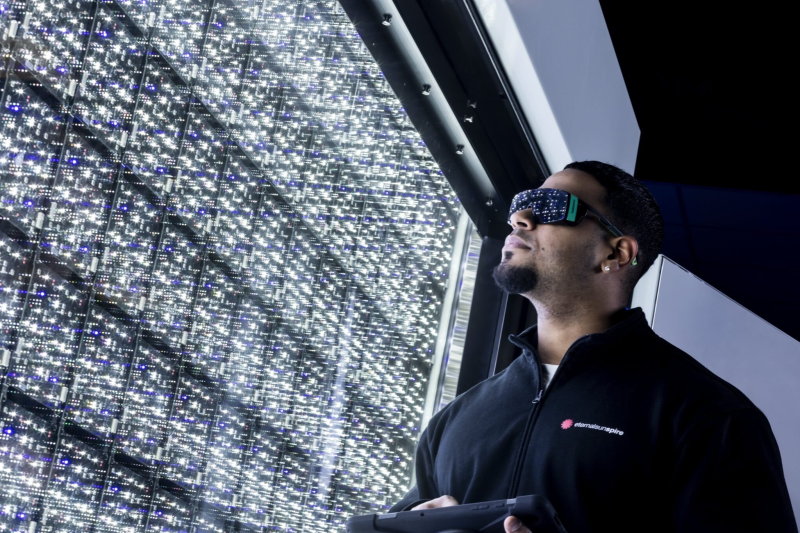Your cart is currently empty!
Nanotexturing lifts thin-film Si solar efficiency to 21+ percent
Researchers from Amolf, Surrey University and Imperial College have found a way to drastically increase the light absorption of silicon films. Using rationally designed nanotextures, they had a 1 μm thick crystalline silicon layer absorb 66.5 percent of solar light – very close to the theoretical maximum of 70 percent. Untextured, the same film would absorb only 25 percent. Adding a back-reflector and improving antireflection measures, the researchers estimate a 1 μm thick Si cells could attain an efficiency above 21 percent.
The patterned nanostructure judiciously redirects incoming sunlight into a range of angles, thereby trapping light inside the incomes membrane. With the light being trapped, it has more chances to be absorbed. Essentially, it’s as if the thickness of the film increases.
Inspiration for the high-performance nanopattern was found in nature: the distribution of photoreceptors in avian eyes. These so-called hyperuniform distribution patterns appear random, but there is some order. The orders helps to guide light into specific angles that are trapped into the membrane based on the periodicity of the pattern, while the disorder allows for increasing the breath of angles that can be achieved with a single pattern, resulting in increased absorption.


